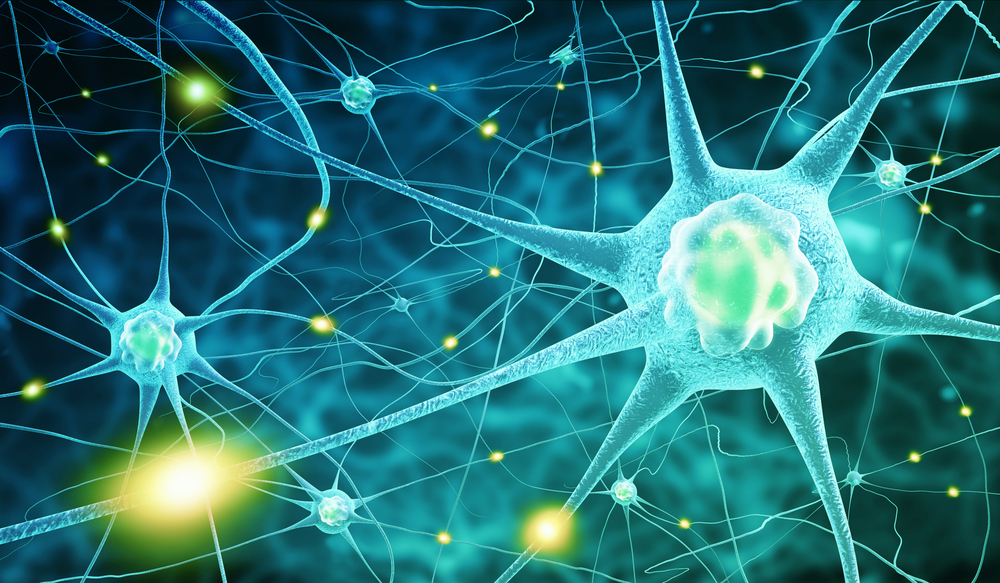
Intraoperative neuromonitoring (IONM), the consistent monitoring of a patient’s central nervous system during a surgical procedure, is now a part of thousands of operations every year all over the world. It is used to minimize neurological morbidity in surgical operations, and the goal of monitoring is to notice changes in the spinal cord, brain and peripheral nerve function before irreversible damage occurs.
Its use offers a good chance of picking up on injuries to the nervous system before they become so severe they cause deficits after the procedure. Since IONM has been introduced to the medical field, it has reduced the chance of paralysis, hearing loss, muscle weakness, and loss of other functions. It is usually performed by a technician who is supervised by a neurologist or physiologist.
It is a technique that has evolved during the last two decades, as it uses the recordings of electrical potentials from the nervous system during surgery. The procedure became popular in the 1980s after the invention of the commercial IONM machine, but the concept of electrical stimulation to collect information about the nervous system first came about in the 1930s.
The IONM field is rapidly expanding for neurosurgery and constantly gaining interest by both doctors and researchers. Techniques, software and hardware have advanced over decades. Here is a historical overview of IONM.
The History
Many fields of medicine use IONM to guide their surgery and prevent neurological injury, such as cardiothoracic, orthopedics, plastic surgery and cardiac surgery. But the history of IONM mostly comes from neurosurgery. Wilder Penfield, a Canadian neurosurgeon and once considered the “Greatest Living Canadian,” is credited with being the first human being on the planet to experiment with IONM during surgery. He provided direct cortical stimulation during an epilepsy surgery as a substitute test of cortical function in the 1930s.
This provided the first ever insight to monitoring human brain function on an unconscious human subject. Penfield later went on to expanding brain surgery’s methods, including mapping the functions of numerous regions of the brain. After that, in order to identify neuro function and epileptic regions during surgery, nerve condition studies, evoked potentials, electromyography and electrocorticography were applied. These techniques have been used ever since with modern modifications.
Shortly after, an EEG was used during cardiac surgery to monitor cerebral ischemia, and it’s still a good indicator today. Sensory and motor evoked potentials have also been applied in spinal cord monitoring. In the 1980s, motor evoked potentials, or MEPs, were applied to assess the corticospinal tract. At first, transcranial magnetic stimulation was applied to the cortex, but it turned out to be not possible to do conveniently in the operating room or with patients back then under general anesthesia.
A medical researcher by the name of David Burke later developed electrical stimulation methods that could be used while patients are under general anesthesia. Next, electromyography (EMG) and brainstem auditory evoked potentials were added to IONM procedures to monitor the auditory pathway from the periphery to the cranial nerves and auditory cortex. At long last, everything could be monitored. The spinal cord, brainstem, the cortex, peripheral nerves and roots could be assessed during intraoperatively during neurosurgery.
IONM development was made easier along the way by technological advances in IONM equipment, which became available in 1981. Before commercial equipment came along, doctors and neurophysiologists had to build their own equipment or adapt their EEG and EMG machines for use in the OR.
Another key role in the development of IONM was anesthesia. When a patient is under general anesthesia, they’re paralyzed and heavily sedated to the point of unconsciousness. This can suppress neural activity, and IONM could not be safely provided in the OR until enough advances were made in intravenous anesthesia. EEG could then change with the level of anesthesia in a sequence and specific manner for each agent. TIVA, or total intravenous anesthesia, combines opioids with propofol and proved to be the least obstructive form of sedation for neuromonitoring.
In the 1990s, transcranial motor evoked potentials became a popular method for monitoring spinal activity as well as for predicting postoperative motor deficits. Since then, the improvement and availability of communication technology through computers has allowed the IONM field to advance even further by allowing neuromonitoring procedures to be performed from remote sites. This has become more mainstream in the last decade.
The American Society of Neurophysiological Monitoring
In 1990, The American Society of Neurophysiological Monitoring was founded to serve the blossoming IONM field. According to the society’s definition, IONM “includes any measure employed to assess the ongoing functional integrity of the central or peripheral nervous system in the operating theatre or other acute care setting.” With close to 1,000 members all over the globe, the society dedicates itself to the advancement of quality IONM services for protection and safety of patients.
ASNM members include a variety of intraoperative neuromonitoring professionals, such as technicians, audiologists, physiologists, neurosurgeons, neurologists, anesthesiologists, orthopedists, nurses and ENT surgeons. They include educational services to IONM veterans in the field, recent graduates and students still in school. An ASNM membership offers connections to the neuromonitoring field and also offers continuing medical education credits to keep its members up to date on news and advancements.
LEARN MORE ABOUT IONM



Comments are closed.